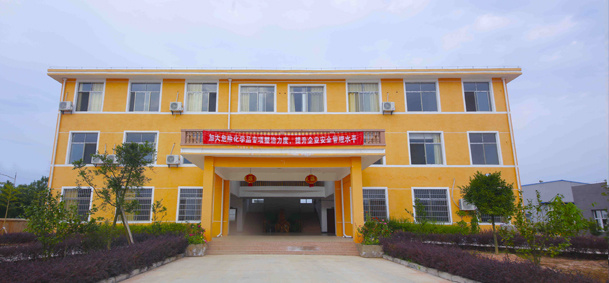News
Comparison of main properties of DMBA and DMPA polyurethane emulsion
Release time:
2019-09-20
Authors: Zeng Jun, Wang Wusheng, Ruan Deli, Zhong Feng (Applied Chemistry Research Center, Anhui University, Kezhao Fine Chemical Factory, Anhui University)
Abstract: In this paper, DMBA and DMPA are used as hydrophilic monomers to prepare polyurethane emulsion, and their emulsion and film properties are compared, and the reasons are discussed to provide reference for industrial production.
The test has passed the following performance comparisons:
1. Comparison of solubility of DMBA and DMPA
In the experiment, it is found that the dissolution behavior of DMBA and DMPA in polymer polyol is less affected by the relative molecular weight of polymer polyol, but the dissolution temperature of the two is very different. The dissolution temperature of DMPA is 145~150 ℃, below this temperature, and slowly precipitation, while the dissolution temperature of DMBA is 80 ℃, once dissolved, reduce the temperature without precipitation phenomenon. This is due to the lower melting point of DMBA (= 108-113°C) and the higher melting point of DMPA (= 175-188°C).
2. Performance comparison of polyurethane emulsion
The DMBA and DMPA polyurethane emulsions were characterized by solid content, pH, viscosity, thermal stability, and emulsion appearance. The results are shown in the following table:
|
Scheme No. |
Solid content (%) |
pH |
Viscosity (m Pa.s) |
Thermal stability (60 ℃× 72h) |
Emulsion appearance |
|
A-10 |
25.2 |
8.1 |
4.2 |
No gel |
White, small amount of precipitate |
|
B-10 |
25.3 |
8.2 |
4.4 |
No gel |
Milky White |
Note: A and B represent DMPA and DMBA respectively; 10, 15 and 20 represent carboxyl content of 1.0, 1.5 and 2.0 respectively; Formula: hard segment content is 48%.
3. Comparison of reactivity between DMBA and DMPA;
4. Comparison of mechanical properties of polyurethane emulsion film;
5. Comparison of water resistance, chemical resistance and low temperature resistance of polyurethane emulsion film;
Through the above performance comparison, it is believed that 2,2-dihydroxymethyl butyric acid has the following characteristics:
(1) The dissolution temperature in polyether or polyester polyols is relatively low, generally about 80°C, and has nothing to do with the relative molecular mass of polymer polyols, which is convenient for homogeneous reaction;
(2) The reaction time of polyurethane in DMBA system can be shortened by experiment and infrared spectrum analysis;
(3) The polyurethane film prepared by DMBA has high strength and high elasticity.
Share











